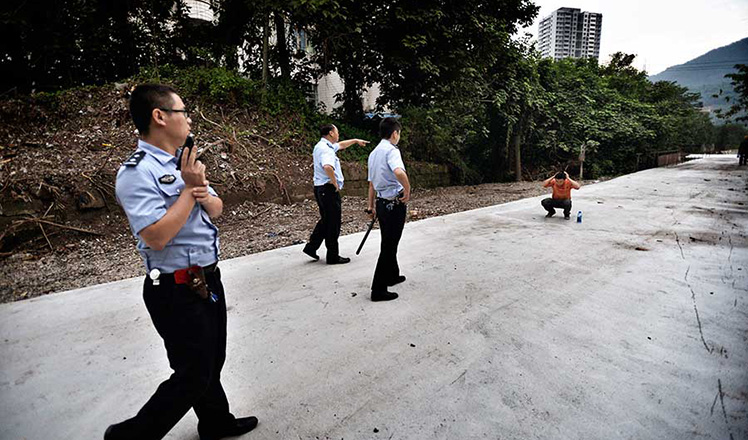Microsoft, IBM eye technology to forecast air pollution in China
Updated: 2016-01-19 10:26
By JACK FREIFELDER in New York(chinadaily.com.cn)
|
|||||||||
In December, Beijing officials declared two "red alerts" as a warning that heavy pollution was expected for several days across the capital.
Five other cities soon followed suit (Tianjin and four cities in Hebei province: Baoding, Handan, Langfang and Xingtai). China enacted its emergency air-pollution response system in 2013.
Ming Xu, an assistant professor at the University of Michigan, said one of the main drivers to promote the quality of measures to combat air pollution in China is "what Beijing residents see and feel everyday".
Xu, who teaches at Michigan's School of Natural Resources and Environment, told China Daily in an email that he believes people are well educated on the metrics and indicators of air pollution issues in China, like the PM2.5 air quality index, which measures particulate matter with a diameter less than 2.5 microns that can be harmful to one's health.
"But people need to know also how these numbers are produced (e.g., from direct measuring or estimation/forecasting)," Xu wrote. "If it is estimation and/or forecasting, scientists should do a better job to explain the method and make sure people understand its limitations."
Events such as the Winter Olympics in 2022, which are going to be held in and around Beijing, could serve to help emphasize the need to have better air-quality improvement measure in place, Xu added.
"The Chinese government went to great lengths to reduce pollution for the 2008 Summer Olympics in order to protect the health of athletes and spectators alike," Dong said.
"This time they will be able to target specific activities — with the maximum effect, but with much less impact on economic activity and the daily lives of citizens," Dong added.
Nonetheless, "forecasting smog is different from forecasting air quality," Zheng wrote. And that can make for a "very complicated problem".
"[Smog] is a kind of weather condition, whereas [air quality] is the concentration of air pollutants. Air quality is impacted by multiple complex factors, such as weather conditions (foggy, smoggy, rainy), traffic conditions, pollution emission from factories, and the dispersion condition of a location," Zheng said.
"In short, forecasting air quality is much more difficult than forecasting smog," he said. "The two have a certain correlation but are not the same thing."
- Tennessee couple first to claim Powerball jackpot
- Kerry to visit China in late January
- Getting to know the New Normal
- Massive dinosaur skeleton will spill out of hall at NY museum
- Pakistan confirms detention of top suspect of Indian airbase attack
- US sailors made 'navigational error' into Iranian waters

 The world in photos: Jan 11 - 17
The world in photos: Jan 11 - 17
 Commemorative coins for Year of Monkey issued across China
Commemorative coins for Year of Monkey issued across China
 Throw a flower ball to find Mr Right
Throw a flower ball to find Mr Right
 Retired hurdler Liu Xiang shows affection with new love
Retired hurdler Liu Xiang shows affection with new love
 Visitors enjoy free Laba porridge at Yonghe Lama Temple
Visitors enjoy free Laba porridge at Yonghe Lama Temple
 For police officers, duty is all in a day's work
For police officers, duty is all in a day's work
 Children at Chinese embassy in US send wishes to Dorian
Children at Chinese embassy in US send wishes to Dorian
 People prepare for Chinese New Year
People prepare for Chinese New Year
Most Viewed
Editor's Picks

|

|

|

|

|

|
Today's Top News
National Art Museum showing 400 puppets in new exhibition
Finest Chinese porcelains expected to fetch over $28 million
Monkey portraits by Chinese ink painting masters
Beijing's movie fans in for new experience
Obama to deliver final State of the Union speech
Shooting rampage at US social services agency leaves 14 dead
Chinese bargain hunters are changing the retail game
Chinese president arrives in Turkey for G20 summit
US Weekly

|

|








